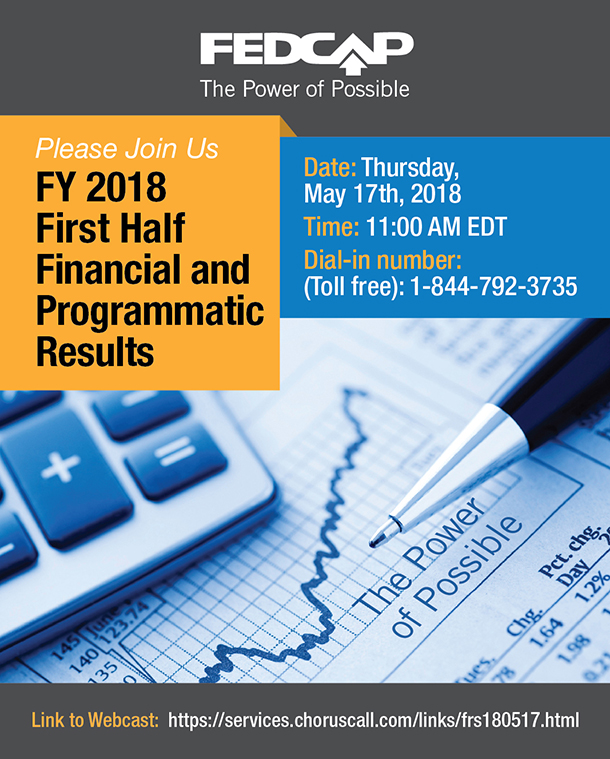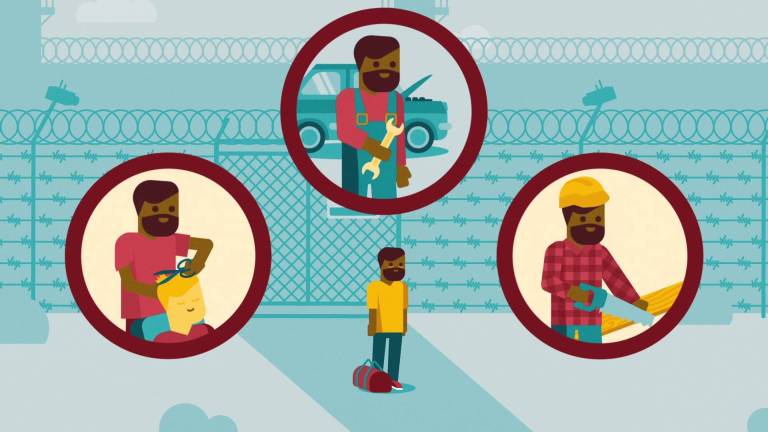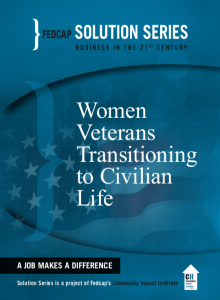Lessons Learned about Transformative Replicability and Scalability
Fedcap and its family of companies work hard to ensure that when designing a new program, that program is both replicable and scalable. The goal is that the work we do is transformative, both to the people who receive the services and the systems that deliver them. To ensure replicability and scalability, we have developed a built-in capacity to significantly expand—without placing undue burden on existing infrastructure, without having to “reinvent the wheel,” and with a clear sense of measurement for success. This aspect of our organizational culture has been a key to our growth and expansion over the past decade.
Transformative replicability and scalability occur rapidly and efficiently when there is an expectation of both within program design. As an agency, we expect to grow and expand our services. We believe what we do is worthy of expansion and that what we do makes a measurable difference in the lives of those we serve. When designing a program, we ask the following questions:
- Has the program design phase been structured to include elements that allow for rapid replicability and scaling? When developing a new program, we integrate what we know (our evidence) with innovation and we create a flow chart detailing the integration of the two. We define key staffing needs for program operations and expansion (start up, first phase, second phase and steady state); we identify mission critical Finance and HR processes; we design operational expectations including information collection and reporting; and we ensure physical plant needs are described in detail. By thinking about replicability and scalability in this way, we are prepared and can execute with very short notice.
- We have invested in systems that will support future growth. At Fedcap, we have intentionally built our corporate services structure to be agile, extensively leveraging technology and flexible human resources. We think expansion as we think system design. Finance, HR, IT and Facilities are expected to be ready for rapid and flexible replication and scalability. We steer away from investing in short-term solutions that will not support future growth. While it can be expensive to invest in systems like Oracle, ADP, SalesForce or Raiser’s Edge, it is imperative to make studied investments of these systems for long-term growth.
- We build the strengths of our organization into the very core of program design. At Fedcap we are known for putting people to work. We do this very well—last year placing over 14,000 people in jobs. We weave this excellence into every program design. For example, while we provide a broad array of behavioral health services and a rich assortment of educational supports, the difference is our focus. We provide these services through the lens of long-term economic well-being. Our goal is not just to provide services, but to ensure work readiness and long-term employment stability. By operating this way, our efforts to replicate and expand programs are buffeted by years of a proven track record and a wealth of data to demonstrate the efficacy of our efforts.
- We share our learning and encourage the replication of our program design. It is not likely that one agency can accomplish everything on its own. We have always been committed to sharing ideas, and creating communities of learning. When we test a new approach, and refine it over time—and when we have the data to demonstrate that what we do works—we share it, seeking to embed our learning into the very systems that provide funding for services. We fundamentally believe that this is part of our responsibility to the field. It is also a highly effective approach to transformative replication and scalability. Our strategic goal is to impact the lives of those who come through our doors as well as the lives of those who never do—by impacting the design of how government and philanthropic services are delivered.
What factors do you consider when thinking about replicability and scalability? As always, I welcome your thoughts.










